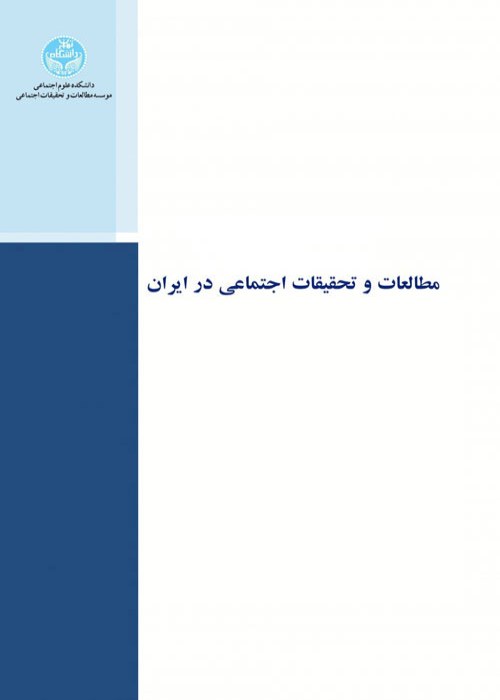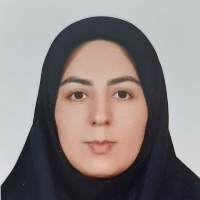Socio-economic determinants of childbearing intention and behavior among men in Tehran
Fertility decline has become global in recent decades, and researchers are seeking to discover various factors associated with fertility changes in different societies. Accordingly, fertility theories have been proposed to explain fertility patterns, but these studies have focused almost exclusively on the role of women and their fertility patterns, and the role and participation of men in the process of fertility decline has rarely been considered. In Iran, men are often overlooked in fertility studies. Given the lack of a study on men's socio-economic determinants affecting fertilty patterns, the fundamental question is ‘what is the impact of men's socio-economic characteristics on fertility intension and behavior in Tehran? There are two theoretical approaches to the effect of men's socioeconomic characteristics on fertility. One approach states that increasing men's socioeconomic status increases fertility. In this approach, it is assumed that men with a higher level of education due to the accumulated human capital, higher level of income and better job prospects have a better chance of providing for the family expenses with more children. Another theoretical approach argues that increasing men's socioeconomic status reduces fertility. Increasing men's human capital may reduce the demand for childbearing or change childbearing preferences and replace quality with quantity.
Data was extracted from a survey of married lifestyle and its determinants. The statistical population of this survey was married people in Tehran. The population of Tehran in 2011 according to the data of the Statistics Center of Iran was 8153974 people who lived in 4336 district and 4262047 of them were married (results of the 2011 census). The sample size is based on sampling error at 95% confidence level and with sampling error of 0.05 based on Cochran's formula is 384 people and considering that Cochran's formula is a simple random sampling formula, taking into account the design effect of 2 and coefficient The unresponsiveness adjustment is considered to be 0.25 of the sample size of 1728 and has been increased to 2000, taking into account the possible decline of the sample households (approximately equal to 0.15, proportional to this rate in the family census of the Statistics Center of Iran). The sampling method is multi-stage clusters and the samples were selected from 50 district of Tehran. The questionnaires were reviewed by the project manager, unreliable questionnaires were discarded and finally 1736 questionnaires were selected. 844 samples of this survey, were men, and 619 married men that their wives were in fertility age, have been analyzed.
The results showed that the average number of intended children was 1.89 and the average number of children ever born was 1.37. 25.1% have no children and 47.3% have 2 and more children ever born. While only 3.8% intend to have no children and 70.6% intend to have 2 or more children. Bivariate and multivariate tests have shown that men with higher education, higher income, higher parental socioeconomic status, and higher occupational status have fewer intended children and children ever born. The socioeconomic characteristics of men have a negative relationship with fertility intention and behavior and this finding is consistent with the pattern of male fertility in developing countries.
In general, it can be said that there is a negative relationship between men's socio-economic status and fertility intention and behavior, and this finding is consistent with the pattern of male fertility in developing countries. Considering the positive relationship between men's socio-economic status and fertility in developed countries and the negative relationship in the present study, the implementation of policy packages with different cultural, economic and social dimensions in different groups with different views and socio-economic is necessary and will be effective in increasing childbearing.
- حق عضویت دریافتی صرف حمایت از نشریات عضو و نگهداری، تکمیل و توسعه مگیران میشود.
- پرداخت حق اشتراک و دانلود مقالات اجازه بازنشر آن در سایر رسانههای چاپی و دیجیتال را به کاربر نمیدهد.




